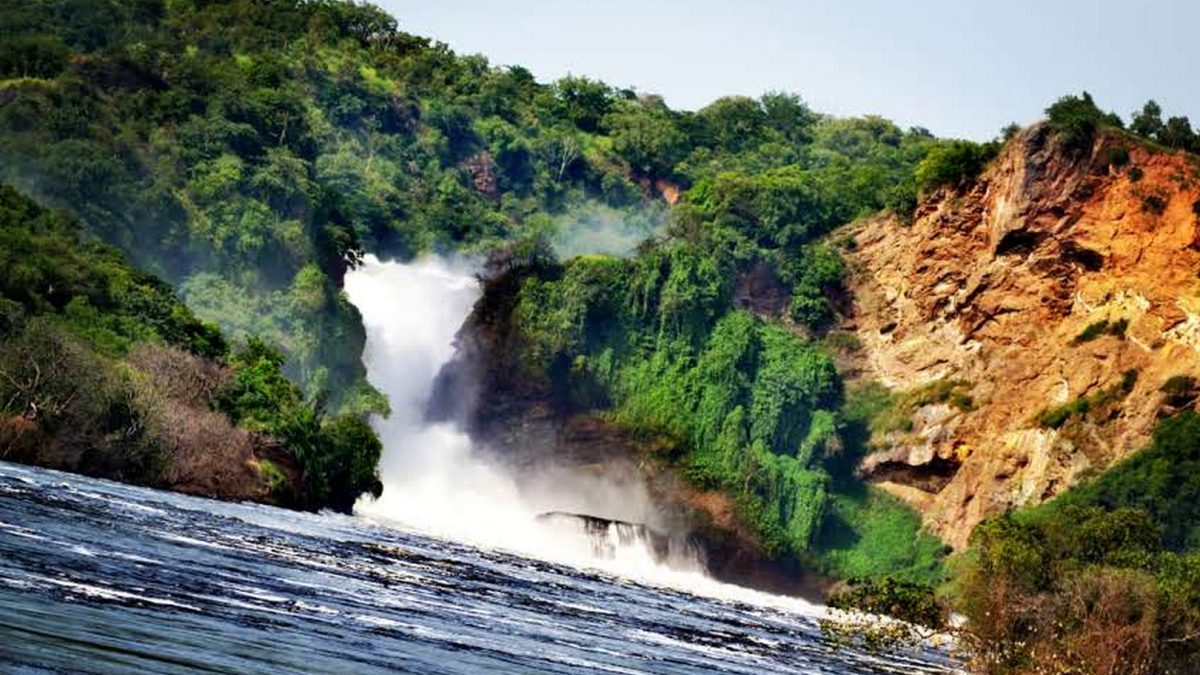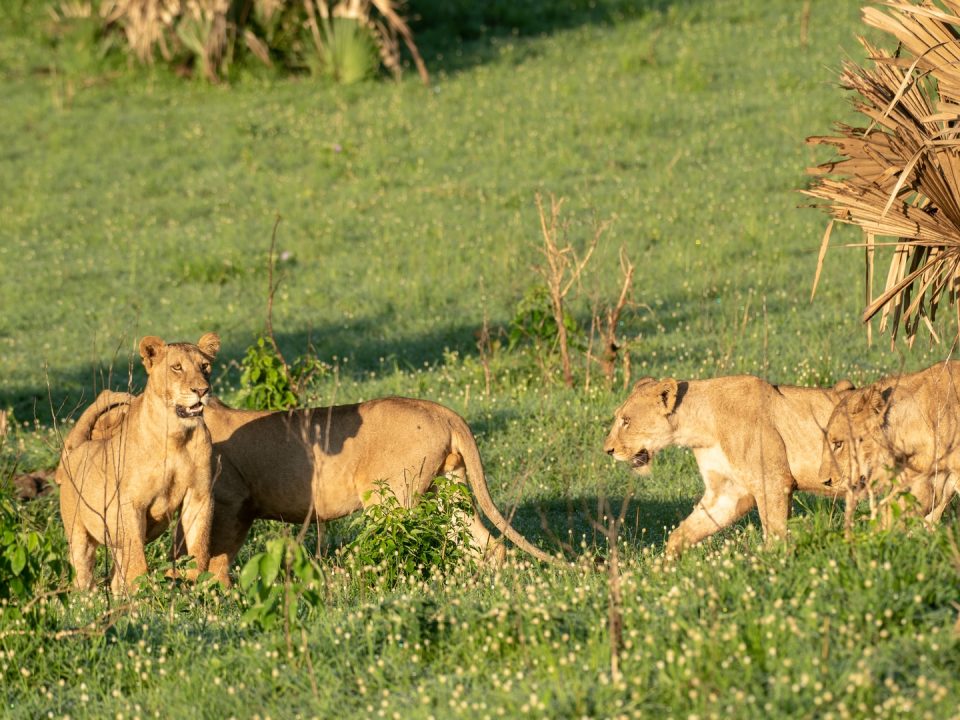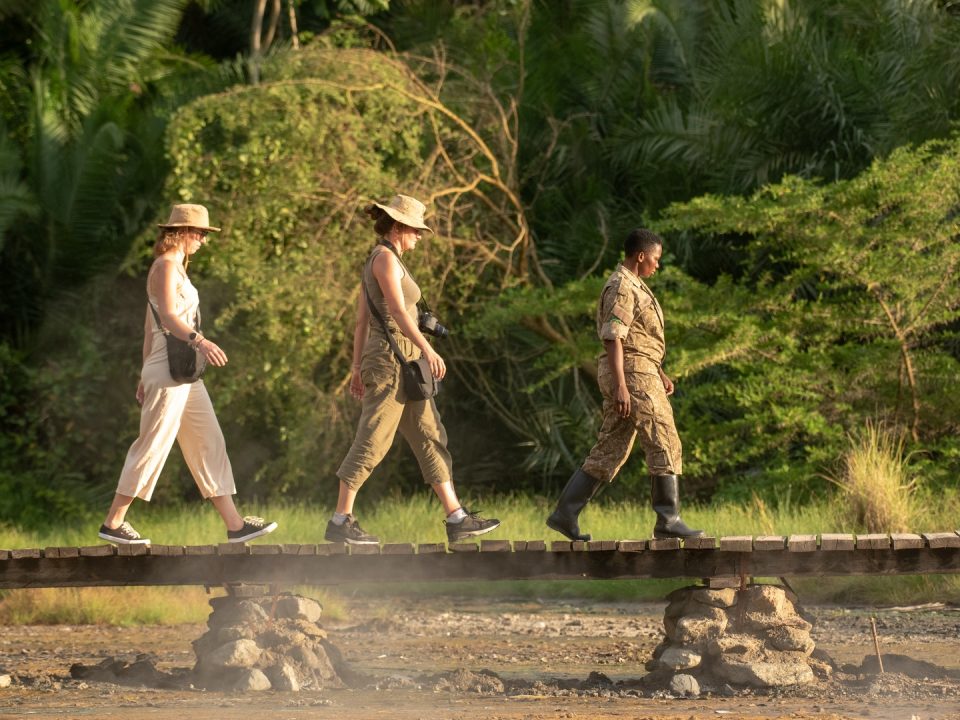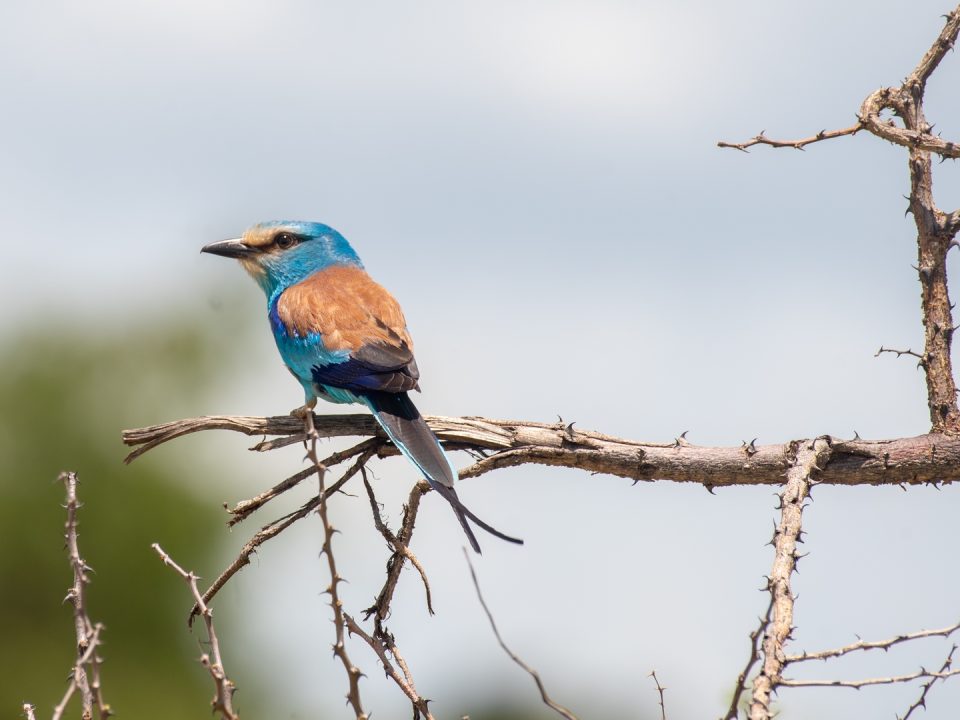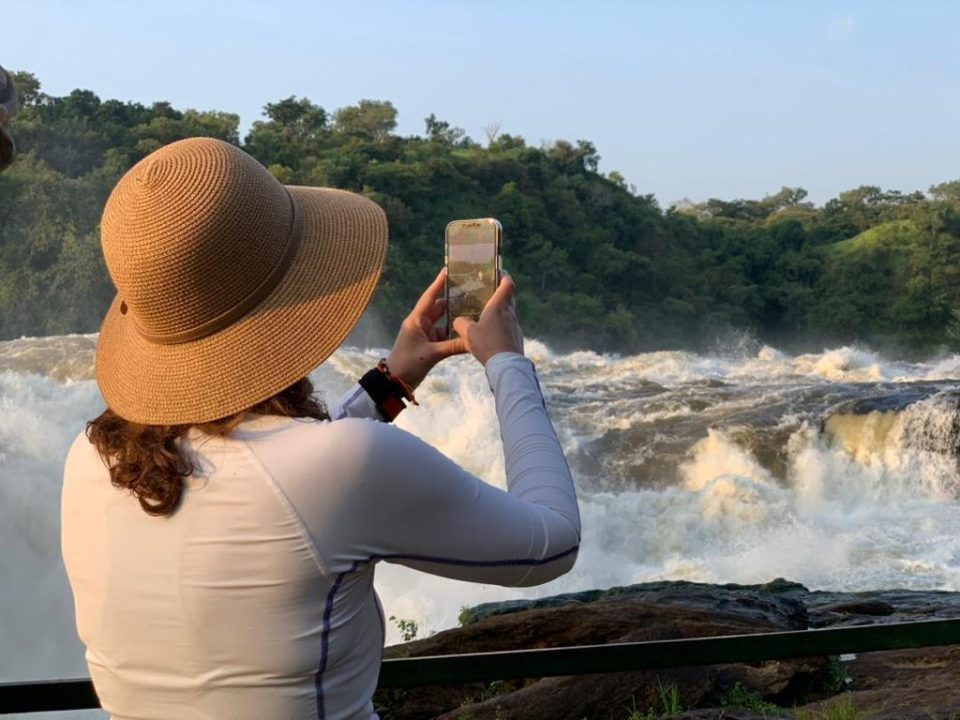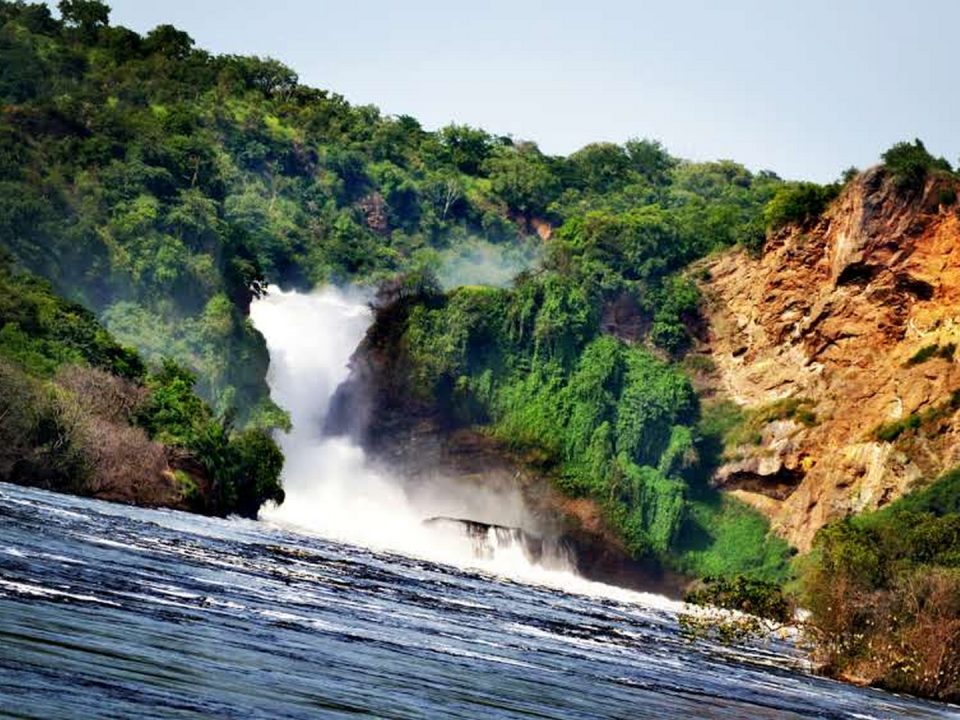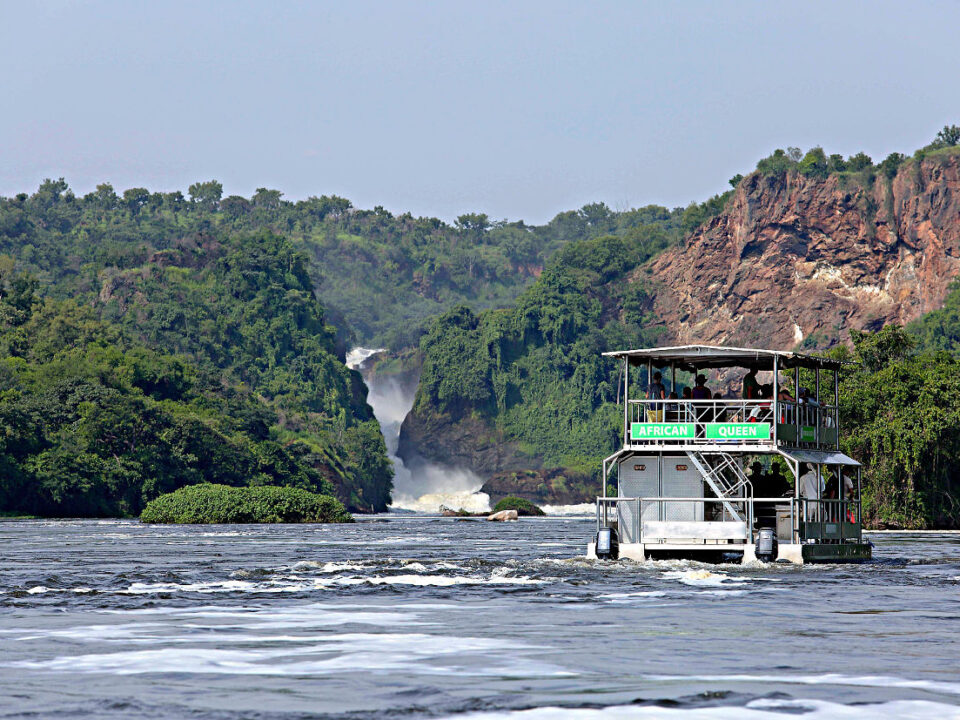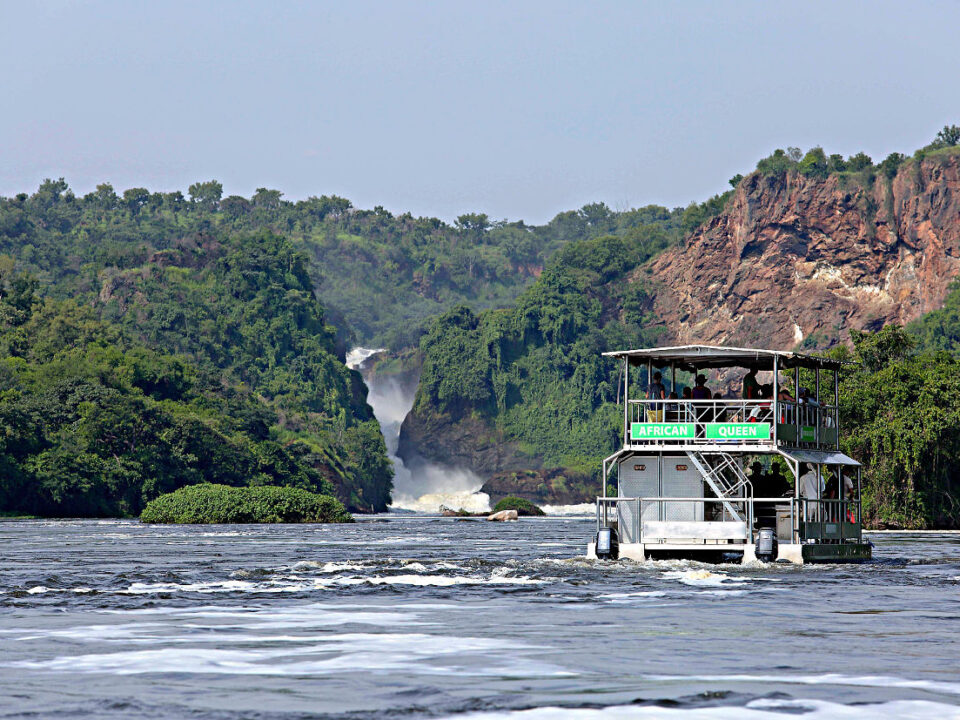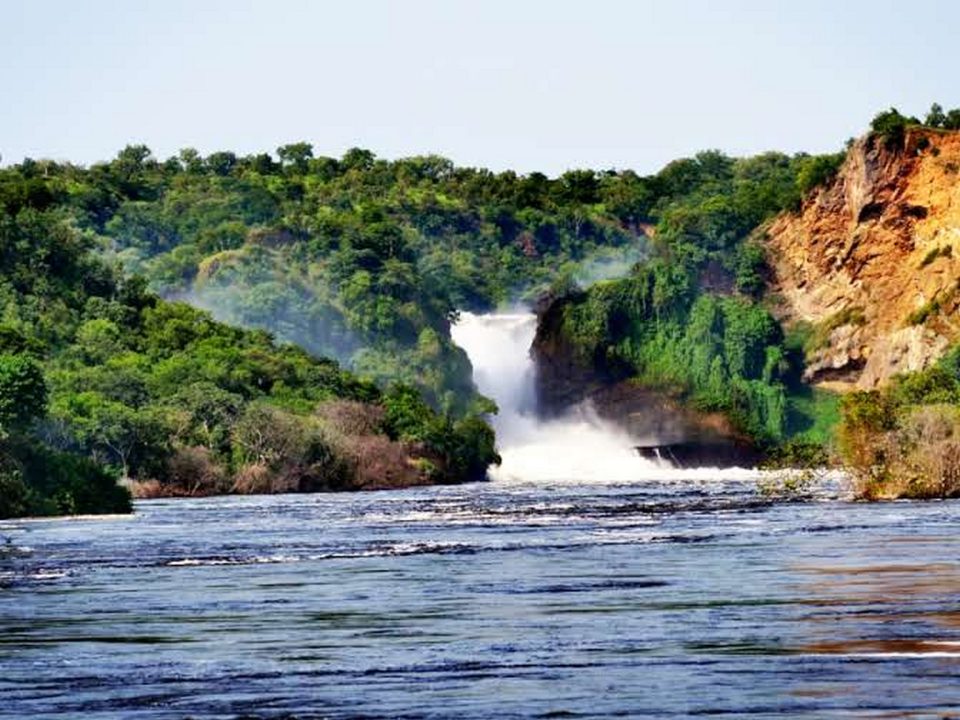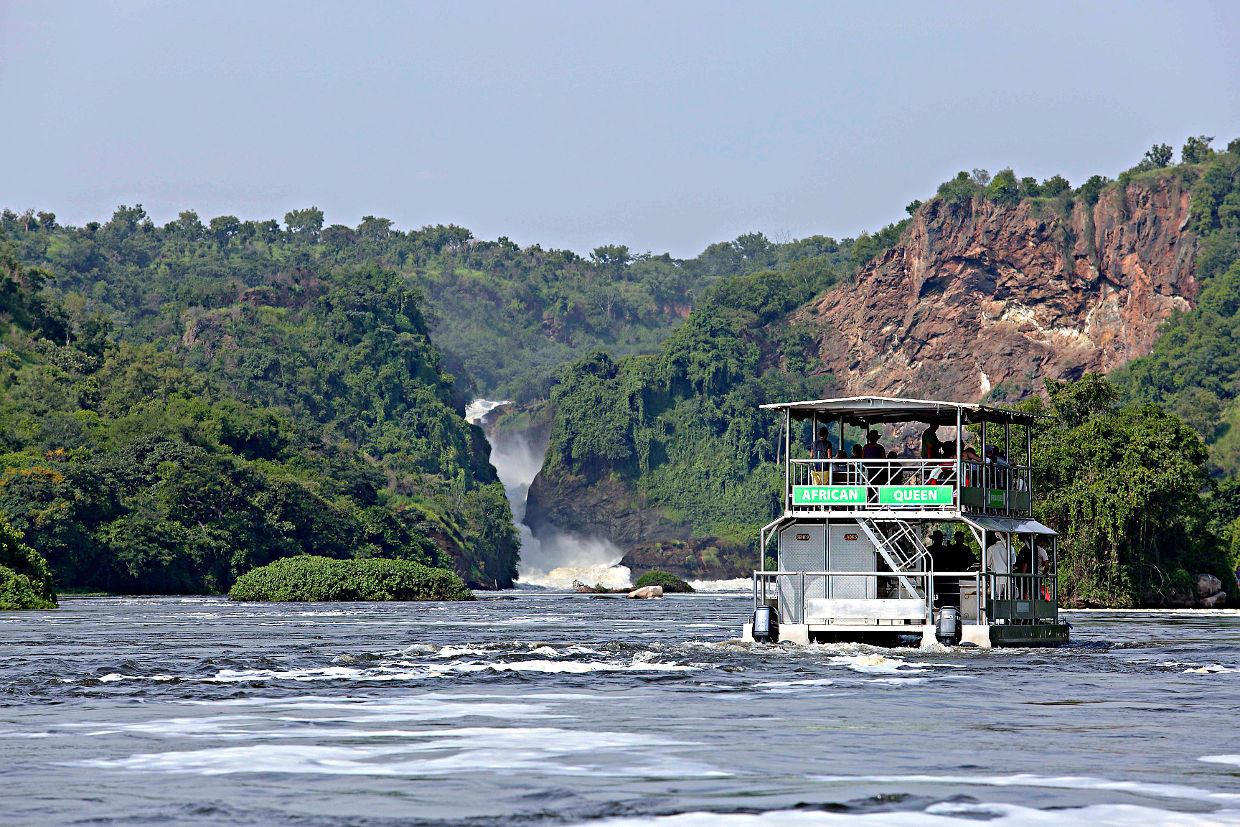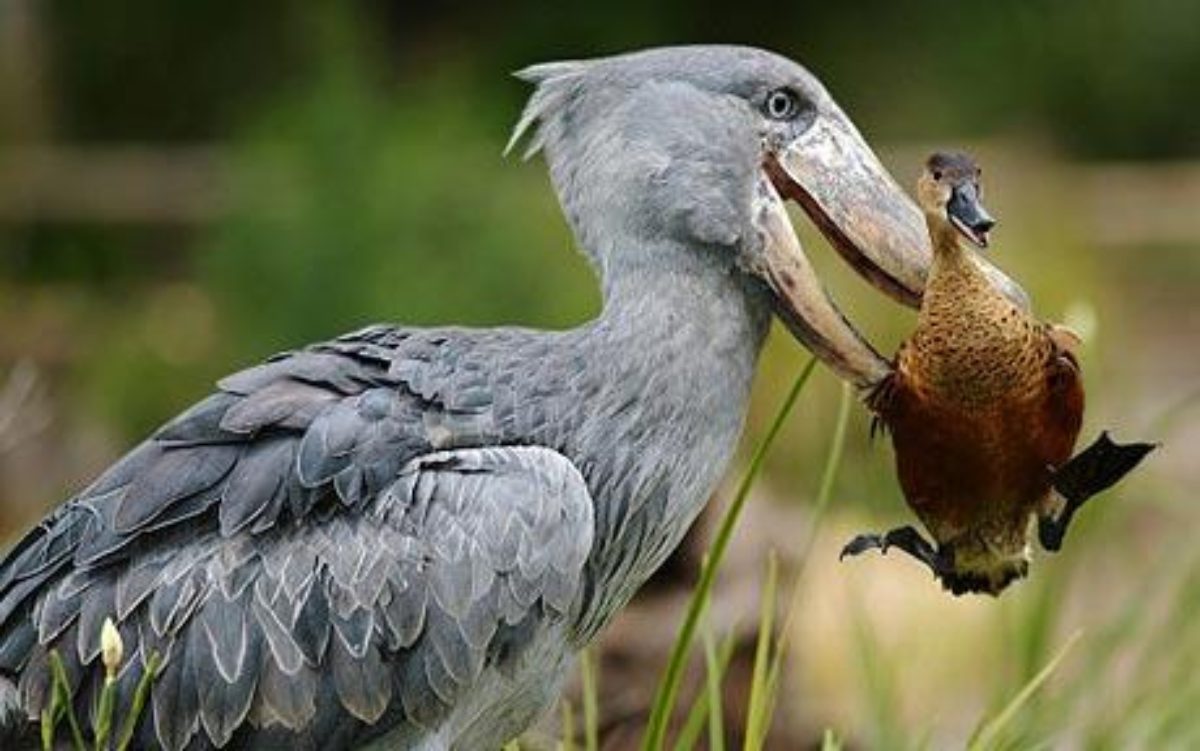Are There Any Malaria Risks in Murchison Falls National Park?
Are There Any Malaria Risks in Murchison Falls National Park? Murchison Falls National Park, one of Uganda’s most treasured natural reserves, offers travelers an opportunity to experience a blend of stunning landscapes, rich biodiversity, and exhilarating safari adventures. However, like many tropical and sub-tropical destinations, Uganda, including Murchison Falls, carries a risk of malaria transmission, particularly in its wildlife-rich and forested areas.
As such, it is important to understand the malaria risks in Murchison Falls National Park before planning your visit. This guide will provide in-depth information on the potential malaria risks, the necessary precautions to take, and the steps you can follow to stay safe during your safari. Additionally, we’ll explore how you can combine your visit to Murchison Falls with an exciting gorilla trekking experience in Bwindi Impenetrable Forest and how to protect yourself from malaria during this adventure.
Exceptional Uganda Safari Packages to Murchison Falls National Park
- 6 Days Uganda Adventure Tour
- 6 Days Uganda Safari
- 7 Days Uganda Safari
- 7 Days Uganda Tour
- 8 Days Uganda Safari
- 8 Days Uganda Tour
- 9 Days Uganda Safari
- 9 Days Uganda Wildlife Tour
- 15 Days Best of Uganda Safari
- 15 Days Ultimate Uganda Safari
- 21 Days Around Uganda Safari
- 21 Days Uganda Safari
- 3 Days Bwindi Gorilla Trekking
- 4 Days Uganda Safari
- 4 Days Gorilla Trekking Safari
- 5 Days Uganda Tour
- 5 Days Uganda Safari
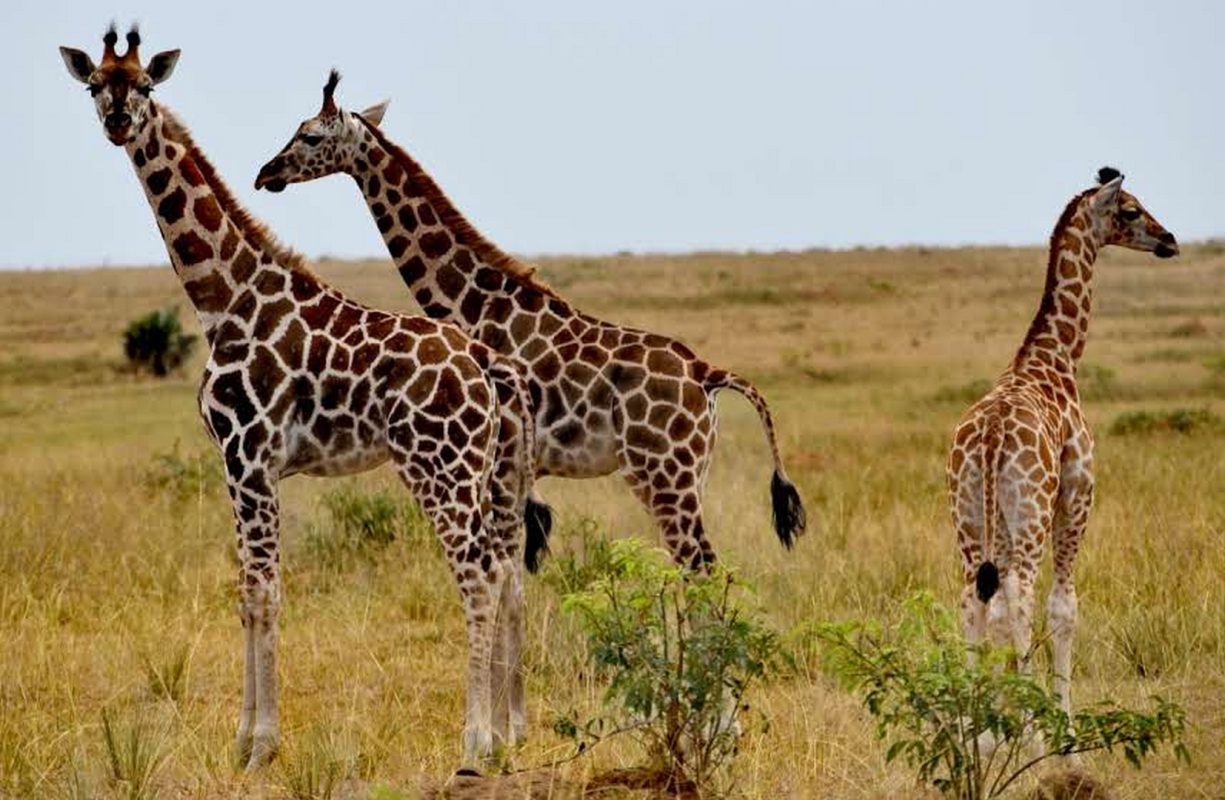
Murchison Falls National Park
Understanding Malaria and Its Transmission
Malaria is a potentially serious disease caused by parasites that are transmitted to humans through the bite of infected female Anopheles mosquitoes. These mosquitoes are most active between dusk and dawn, particularly in warm, humid environments such as rainforests, savannahs, and wetlands. Uganda is located in a region where malaria is endemic, meaning that the disease is present year-round, although the risk varies by location and season.
In Murchison Falls National Park, which includes wetlands, forests, and a diverse range of ecosystems, mosquitoes are prevalent, especially in areas close to water sources like the Nile River, swamps, and waterholes. As a result, malaria transmission can be higher in certain parts of the park, making it essential for visitors to take malaria prevention measures seriously.
Malaria Risks in Murchison Falls National Park
While malaria is not limited to Murchison Falls National Park, the park’s environment makes it a prime habitat for mosquitoes. The wetlands and riverside areas of the park, in particular, create favorable conditions for mosquitoes to breed. The presence of large bodies of water, such as the Victoria Nile River that runs through the park, significantly increases the risk of mosquito bites, especially during the rainy season.
Although malaria can be contracted anywhere in Uganda, the risk is particularly heightened in areas with dense vegetation, stagnant water, and humid conditions – all characteristics that Murchison Falls National Park possesses. Visitors who plan to take part in boat safaris along the Nile, walk through the park’s wetlands, or camp near the river are more likely to be exposed to mosquitoes and should take extra precautions.
During the wet months, typically from March to May and from October to November, the park experiences an increase in mosquito activity, which could raise the risk of contracting malaria. It’s important to note that, although malaria can be contracted year-round, the peak of transmission usually coincides with Uganda’s rainy season.
Preventing Malaria While Visiting Murchison Falls
To mitigate the risk of malaria, there are several precautions you can take before and during your visit to Murchison Falls National Park. These steps will ensure that you stay protected, allowing you to enjoy your safari and explore the park without worry.
- Consult with a Travel Health Professional
Before traveling to Murchison Falls, it is advisable to consult with a travel health professional. They can recommend antimalarial medication that suits your health profile, advise you on when to start and stop taking the medication, and provide additional travel health tips. The most common antimalarial drugs prescribed for travelers visiting malaria-endemic regions like Uganda include Atovaquone-Proguanil, Doxycycline, and Mefloquine.
It’s important to start the medication before your trip (typically a few days before entering a malaria zone) and continue taking it after your return to ensure the best protection against the disease.
- Use Mosquito Repellent
One of the most effective ways to avoid mosquito bites and prevent malaria transmission is to use insect repellent. Repellents containing DEET (diethyltoluamide) are particularly effective in keeping mosquitoes at bay. Apply repellent to exposed skin areas, especially in the early morning and late evening when mosquitoes are most active.
Additionally, consider using insect-repellent clothing or treating your clothes with permethrin, a chemical that repels mosquitoes. Clothing that covers most of your skin is especially helpful during your safaris or hikes through the park.
- Stay in Mosquito-Proof Accommodations
When booking your accommodation in Murchison Falls National Park, make sure that the lodges or campsites are equipped with mosquito nets or have mosquito-proof rooms. Most high-quality lodges in the park take malaria prevention seriously and provide screened-in rooms and mosquito nets for sleeping. Additionally, keeping windows and doors closed during the evening can help reduce your exposure to mosquitoes.
- Wear Protective Clothing
Another simple but effective way to avoid mosquito bites is by wearing long-sleeved shirts and long pants, especially during dawn and dusk when mosquitoes are most active. Light-colored clothing is recommended, as mosquitoes are attracted to darker colors. Ensure that your clothing covers as much skin as possible, and tuck your pants into your socks or boots to reduce exposed skin.
- Use Mosquito Nets and Other Barriers
If you’re staying in a lodge or campsite that doesn’t provide mosquito-proof rooms, it’s important to sleep under a mosquito net, particularly at night. Mosquito nets are often provided in the lodges, but if you’re camping, make sure you bring your own. Additionally, using mosquito coils or plug-in insect repellents in your accommodation can help keep mosquitoes at bay while you sleep.
- Avoid Walking in Areas with Stagnant Water
Stagnant water is a breeding ground for mosquitoes, so it’s important to avoid walking in areas near swamps, marshes, or other water bodies, particularly during the evening and early morning hours when mosquitoes are most active. While Murchison Falls National Park is home to many beautiful rivers and wetlands, you should stay on marked trails and avoid wandering through high-risk areas unless you are accompanied by a guide.
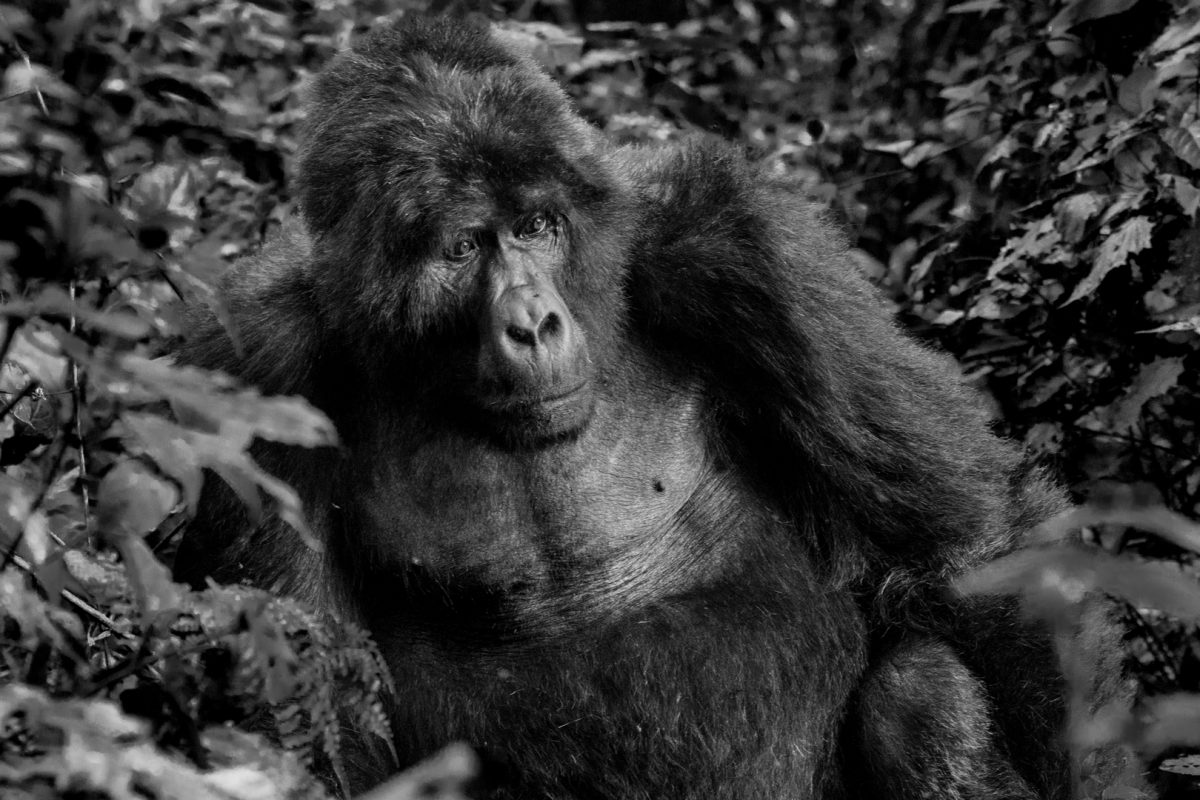
Bwindi Impenetrable Forest
Combining Murchison Falls with Gorilla Trekking in Bwindi Impenetrable Forest
For many travelers visiting Uganda, a trip to Murchison Falls National Park is often combined with a once-in-a-lifetime gorilla trekking experience in Bwindi Impenetrable Forest. Bwindi, located in southwestern Uganda, is home to over half of the world’s remaining mountain gorillas, and the trekking experience is one of the country’s most popular wildlife activities.
Just like Murchison Falls, Bwindi Impenetrable Forest is also a malaria-endemic area, meaning that visitors to both locations need to take similar precautions to prevent malaria. Whether you’re embarking on a thrilling game drive in Murchison Falls or hiking through the dense forest in Bwindi to see the gorillas, the key to a safe and enjoyable experience is taking preventive measures against malaria.
Protecting Yourself During Gorilla Trekking in Bwindi
When trekking in Bwindi Impenetrable Forest, you’ll likely be walking through dense vegetation, and there’s a higher chance of encountering mosquitoes in this humid and tropical environment. The same malaria prevention measures that apply in Murchison Falls, such as using repellent, wearing appropriate clothing, and sleeping under a mosquito net, are also crucial in Bwindi. Your guide will also ensure that you are aware of the risks and help you follow the necessary precautions.
Deks Safaris and Tours Ltd offers customized itineraries that combine both Murchison Falls and Bwindi Impenetrable Forest, ensuring that your trip is not only safe but also unforgettable. They provide expert guidance on both malaria prevention and other health and safety concerns, so you can focus on enjoying your wildlife experience in Uganda.
Conclusion: Malaria Risks and Prevention in Murchison Falls National Park
In conclusion, malaria is a risk in Murchison Falls National Park due to its tropical climate, water sources, and abundant mosquito habitats. However, with proper precautions, you can significantly reduce your chances of contracting the disease and have a safe, enjoyable visit. By consulting with a travel health professional, using mosquito repellents, staying in mosquito-proof accommodations, and wearing protective clothing, you can protect yourself from malaria while exploring the park’s stunning wildlife and landscapes.
Additionally, combining your visit to Murchison Falls with a gorilla trekking adventure in Bwindi Impenetrable Forest offers an incredible opportunity to experience Uganda’s unique wildlife. Whether you’re marveling at the powerful Murchison Falls or trekking through Bwindi‘s jungles to see mountain gorillas, your trip will be an unforgettable experience, as long as you take the necessary health precautions.
Deks Safaris and Tours Ltd ensures that your travel experience is not only safe but also enriching, offering expert guidance on malaria prevention and a wide range of tailored tours for your ultimate Uganda adventure.

